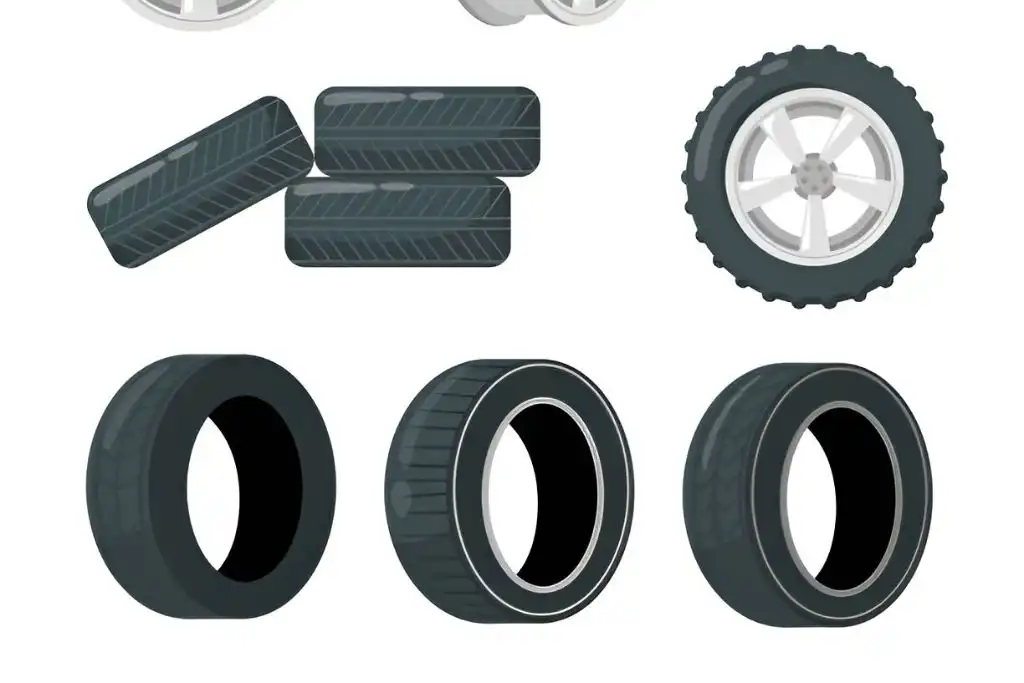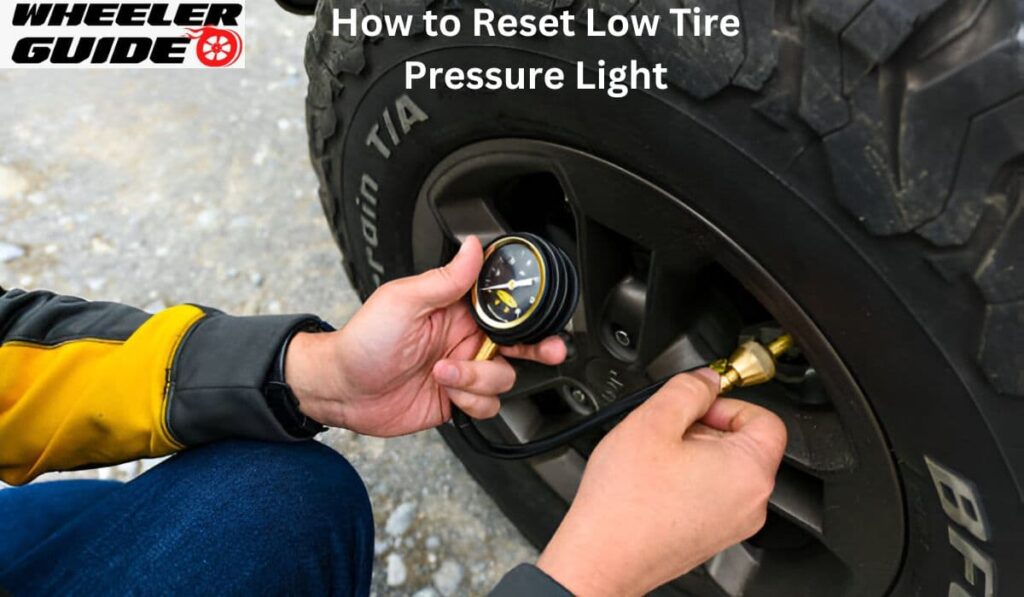Tire wear patterns can reveal a lot about your vehicle’s health and your driving habits. These patterns are like clues that help diagnose problems with your car’s alignment, suspension, or even your driving style.
Uneven tire wear often stems from issues like improper wheel alignment, underinflation, or worn suspension components. Spotting these patterns early can save you money on gas and new tires. It can also keep you safer on the road by ensuring your tires maintain good traction in all conditions.
Understanding Tire Wear Patterns
Tire wear patterns provide valuable clues about your vehicle’s condition and maintenance needs. These patterns can reveal issues with alignment, suspension, and tire pressure that affect safety and performance.
Factors Causing Uneven Tire Wear
Uneven tire wear often results from improper wheel alignment. When wheels are misaligned, tires don’t roll straight, causing faster wear on certain areas. Underinflated or overinflated tires can also lead to uneven wear patterns.
Suspension problems like worn shocks or struts can cause tires to bounce, creating uneven wear. Driving habits, such as frequent hard braking or acceleration, can contribute to tire wear issues.
Regular tire rotations help distribute wear more evenly across all four tires. Most vehicles need rotations every 5,000 to 8,000 miles.

Common Types of Tire Wear
Several distinct wear patterns can appear on tires:
- Center wear: Overinflated tires cause excessive wear in the center of the tread.
- Edge wear: Underinflation leads to more wear on the tire’s outer edges.
- One-sided wear: Often indicates alignment issues, particularly with camber or toe settings.
- Cupping: Bouncing tires from worn suspension components create scalloped wear patterns.
- Feathering: Tires develop smooth edges on one side and sharp edges on the other, usually due to misalignment.
Diagonal wear patterns might suggest the need for tire rotation. Patchy wear can indicate balance problems or suspension issues.
Assessing Tire Condition with Tread Depth
Tread depth is crucial for tire performance and safety. New tires typically have about 10/32 inch of tread. Tires need replacement when the tread depth reaches 2/32 inches.
To check tread depth:
- Use a tread depth gauge for accurate measurements.
- Insert a penny into the tread groove with Lincoln’s head upside down. If you can see all of his head, it’s time for new tires.
Uneven tread wear across the tire surface suggests alignment or suspension problems. Check tread depth in multiple spots across each tire to detect uneven wear patterns early.
Regular tire inspections help catch wear issues before they become serious. Look for unusual wear patterns, bulges, or cuts in the sidewall.
Maintaining Optimal Tire Health
Keeping your tires in top shape is key for safety and performance. Regular checks and maintenance can prevent many common tire issues.
Proper Tire Inflation and Rotation
Tire pressure plays a big role in tire wear. Check it monthly and before long trips. Underinflated tires wear faster on the edges. Overinflated tires wear more in the center.
Use a quality tire gauge to measure pressure when tires are cold. Follow the vehicle’s recommended pressure, not the max on the tire.
Rotate tires every 5,000 to 8,000 miles. This helps even out wear patterns. Front and rear tires often wear differently due to weight distribution and drivetrain.
Rotation patterns vary by vehicle type:
- Front-wheel drive: Move front tires to the rear, rear tires to the opposite front
- Rear-wheel drive: Move the rear tires to the front, and front tires to the opposite rear
- Four-wheel drive: Cross-rotate all tires
Alignment and Suspension: Key to Even Wear
Wheel alignment affects how evenly tires wear. Signs of misalignment include:
- Uneven inner or outer edge wear
- Vehicle pulling to one side
- Off-center steering wheel when driving straight
Get an alignment check yearly or if you notice these signs. Proper alignment ensures tires contact the road evenly.
The suspension system also impacts tire wear. Worn parts like shocks or struts can cause:
- Cupped or scalloped wear patterns
- Bouncing or swaying while driving
- Uneven tire wear
Have a mechanic check suspension components during regular maintenance. Replace worn parts promptly to prevent tire damage.

When to Consider Tire Replacement
Tires need replacement when:
- Tread depth reaches 2/32 inch (use a tread depth gauge)
- Tread wear indicators are visible
- Cracks, bulges, or blisters appear on sidewalls
- Vibration or thumping occurs while driving
Check tread depth regularly using these methods:
- Tread wear indicators
- Penny test (Lincoln’s head should be partly covered)
- Tread depth gauge (most accurate)
Replace tires in pairs or full sets for best performance. Mixing old and new tires can cause handling issues.
Frequently Asked Questions
What are the symptoms of uneven tire wear?
Uneven tire wear often appears as patchy spots, bald areas, or excessive wear on certain parts of the tire. You might notice scalloped edges, feathering, or cupping on the tread surface.Vibrations while driving can also point to uneven wear. Pay attention to any new noises or changes in how your car handles.
How can tire misalignment contribute to uneven tire wear?
Misaligned tires can cause faster wear on the inside or outside edges. This happens because the tires aren’t making even contact with the road.
When alignment is off, tires may drag sideways slightly as the car moves forward. This creates extra friction and wears down specific areas of the tire faster than others.
What are the common reasons for uneven wear on the inside of the tires?
Wear on the inside of tires often points to alignment issues, especially negative camber. This means the top of the tire tilts inward too much.
Worn suspension parts can also lead to inner tire wear. Bad ball joints or control arm bushings may allow the tire to tilt inward more than it should.
How can you identify tire cupping and what does it indicate?
Tire cupping looks like scalloped dips around the edge of the tread. It feels bumpy when you run your hand over the tire surface.
Cupping often signals problems with suspension parts like shocks or struts. It can also result from unbalanced tires or issues with wheel bearings.
What steps can be taken to fix uneven tire wear after it is noticed?
First, get a professional inspection to pinpoint the cause. This might include checking alignment, tire pressure, and suspension components.Rotating tires regularly can help even out wear patterns. In some cases, you may need to replace worn tires or damaged suspension parts.
Can vibrations in the vehicle be linked to uneven tire wear, and how?
Yes, vibrations often go hand in hand with uneven tire wear. As tires develop flat spots or uneven tread, they create an imbalance.
This imbalance leads to vibrations you can feel in the steering wheel, seats, or floorboards. The intensity may change at different speeds.


